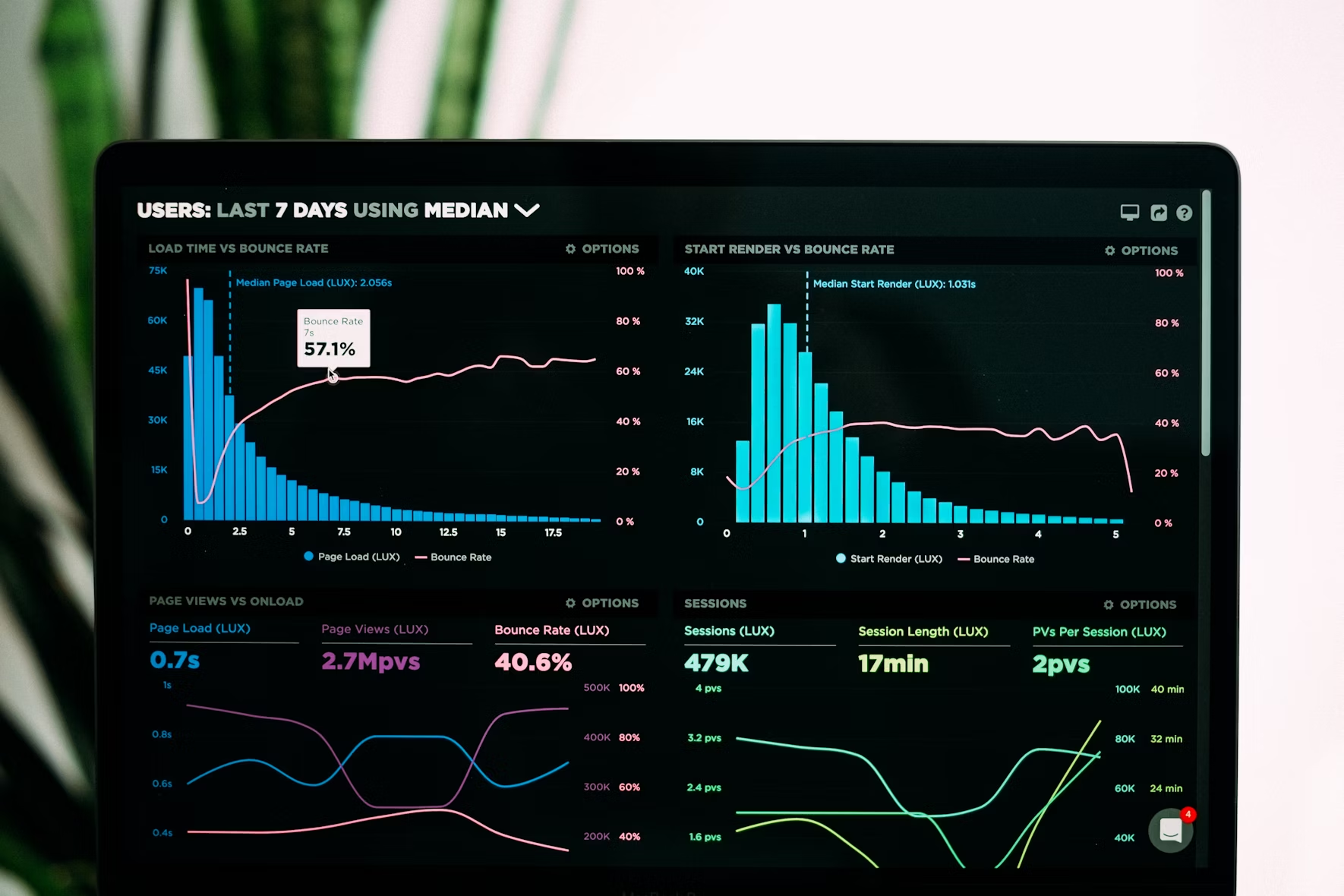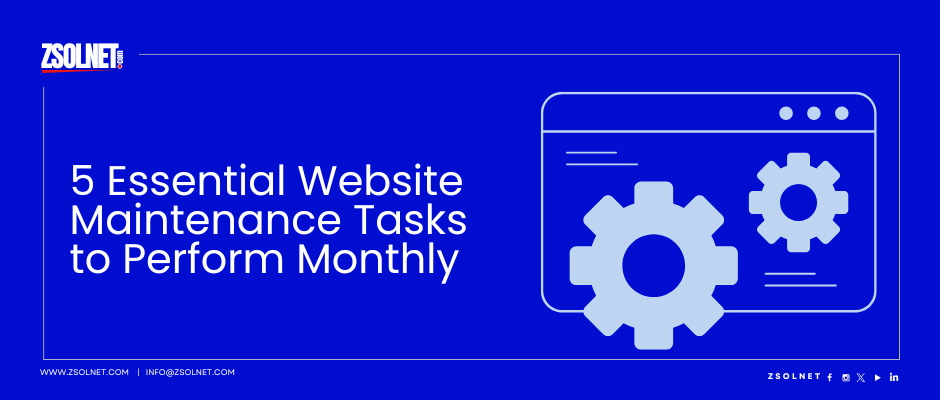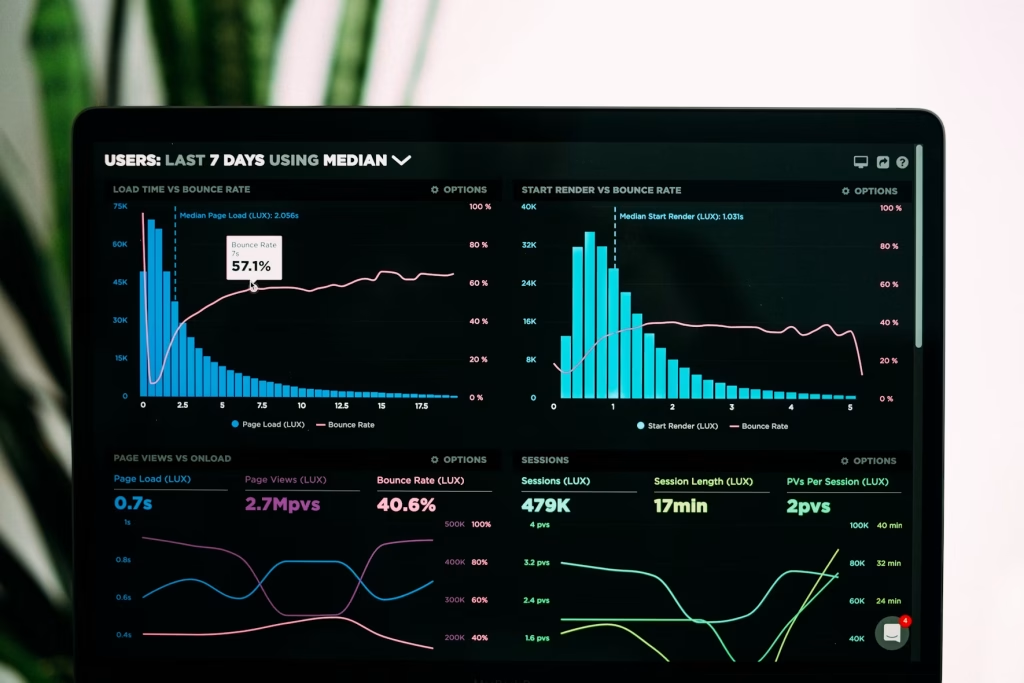Executive Summary: In the landscape of data-driven marketing, a paradigm shift is occurring. Leading marketers are moving beyond solely tracking final sales to analyzing user engagement through micro-conversions. This strategic analysis of smaller customer actions, such as email newsletter sign-ups, content downloads, and video completions, provides a powerful leading indicator of future sales, reduces customer acquisition cost (CAC), and reveals critical friction points in the customer journey. This guide provides a foundational framework for leveraging micro-conversions to build a more resilient and predictable marketing strategy for 2025.
1.0 Defining Micro-Conversions in a Modern Marketing Context
A micro-conversion is a quantitatively measurable, secondary action a user completes on a digital asset that signals progressive user engagement and intent but does not constitute the primary goal (macro-conversion) of the business.
1.1 Micro-Conversions vs. Macro-Conversions: A Practical Taxonomy
| Micro-Conversions (Leading Indicators) | Macro-Conversions (Lagging Indicators) |
|---|---|
| Email newsletter sign-up | A completed purchase (E-commerce) |
| Downloading a whitepaper or guide | A booked sales consultation (B2B) |
| Adding a product to the cart | A high-value contact form submission |
| Watching ≥75% of a product video | A paid subscription sign-up |
| Social media share of content | A requested quote |
| Viewing a critical page (e.g., pricing) |
Table 1: This classification schema differentiates between intermediate engagement metrics (micro-conversions) and primary business outcomes (macro-conversions).
2.0 The Quantitative Benefits: Why Micro-Conversions Are a Core KPI
Integrating micro-conversions into your performance marketing dashboard offers multifaceted strategic advantages:
- Predictive Analytics Capability: Micro-conversions serve as leading indicators. A statistically significant increase in whitepaper downloads this week strongly correlates with an increase in qualified sales leads in subsequent weeks, enabling more accurate forecasting.
- Friction Point Identification: A high volume of “add to cart” events coupled with a low conversion rate to purchase pinpoints exact friction points in the checkout, allowing for targeted CRO (Conversion Rate Optimization).
- Advanced Marketing Attribution: Understanding which micro-conversions most frequently precede a macro-conversion allows for a multi-touch attribution model, moving beyond last-click bias to allocate budget efficiently.
- Optimized Customer Acquisition Cost (CAC) Calculation: By assigning value to micro-conversions, a marketing campaign that generated 2 sales ($100 CAC) also generated 20 leads at a $5 cost per lead, presenting a more holistic and accurate ROI picture.
- Enhanced Customer Journey Mapping: Micro-conversions allow for the segmentation of audiences based on intent level, enabling personalized remarketing campaigns and content strategies.
3.0 The Essential Micro-Conversions to Track in 2025: A Priority List
For marketing funnel optimization, prioritize tracking these high-intent micro-conversions:
- Email Subscription Rate: The foundational metric for permission marketing and lead nurturing.
- Content Download Rate: A high-value action indicating deep interest, crucial for B2B marketing.
- Video Completion Rate (VCR): A strong signal of engagement with product demos or tutorial content.
- Social Sharing Frequency: Measures content virality and organic amplification potential.
- Scroll Depth (>90%): Indicates thorough content consumption on key landing pages.
- Add to Cart / Save for Later Rate: The primary predictor metric for e-commerce conversion rate.
- Critical CTA Click-Through Rate (CTR): Clicks on “Request a Demo,” “View Pricing,” or “See Case Study” signal imminent commercial intent.
4.0 Implementation Framework: How to Track Micro-Conversions
The modern marketing stack, centered around Google Analytics 4 (GA4) and Google Tag Manager (GTM), is built for this purpose.
- GA4 Configuration: Utilize GA4’s enhanced measurement events and mark key actions (e.g.,
generate_lead,add_to_cart) as conversions. For custom actions, create new events. - GTM Deployment: Implement custom event tracking for scroll depth, video engagement, and outbound link clicks without editing site code, ensuring agile deployment and management.
- Data Layer Integration: For advanced tracking, use the data layer to pass specific event parameters (e.g.,
download_type: whitepaper) for granular analysis.
5.0 Case Study: The ZSOLNET Framework for Micro-Conversion Optimization
At ZSOLNET, our data-driven marketing methodology transforms micro-conversion data into growth:
Diagnostic Audit: We conduct a full marketing funnel analysis to map the customer journey and identify all potential micro-conversion points.
Hypothesis-Driven Testing: We analyze correlation data to form hypotheses (e.g., “Simplifying this form will increase ebook downloads by 15%”).
A/B Testing & Validation: We employ rigorous A/B testing on landing pages, CTAs, and forms to systematically improve micro-conversion rates.
Attribution Modeling: We build a multi-channel view of performance, identifying which channels drive the most high-intent micro-conversions, not just empty clicks.
6.0 Conclusion: Integrating Micro-Conversions into a Holistic Strategy
Mastering micro-conversions is not about abandoning macro goals; it is about building a more intelligent, responsive, and efficient pathway to achieve them. By focusing on these predictive metrics, businesses can transition from reactive reporting to proactive marketing strategy optimization, dramatically improving return on advertising spend (ROAS) and customer lifetime value (CLV).
Ready to decode your customer’s journey? The experts at ZSOLNET specialize in advanced conversion rate optimization and data-driven marketing strategy designed to identify, track, and capitalize on the micro-conversions that drive sustainable growth.
Schedule Your Free Marketing Funnel Audit with ZSOLNET – Leverage our expertise to build a smarter, more predictive funnel.
Frequently Asked Questions (FAQ)
Q: What is the concrete difference between a micro and macro-conversion?
A: A macro-conversion is a primary business goal (a sale, a qualified lead). A micro-conversion is a smaller, intermediary action that indicates a user is moving toward that goal (e.g., signing up for a newsletter, downloading a guide).
Q: How do micro-conversions impact organic SEO strategy?
A: While not direct Google ranking factors, micro-conversions like time on site, low bounce rate, and high scroll depth are strong user engagement signals. These metrics indicate to search engines that your content is valuable, which can indirectly support organic visibility and rankings.
Q: What is a benchmark for a good micro-conversion rate?
A: Rates vary significantly by industry, device type, and traffic source. For example, a B2B site might see a 2-7% conversion rate for gated content, while an e-commerce site might see a 5-12% add-to-cart rate. The critical practice is to establish a baseline and focus on continuous improvement through testing.




